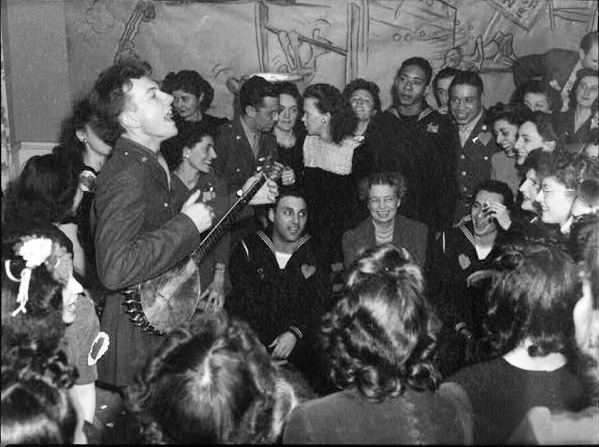|
A Um Deus Desconhecido
A Um Deus Desconhecido (Portuguese words for "To an unknown God") is Sétima Legião debut album released in July 1984. Although it wasn't the most commercially successful album by the band, it is still regarded as one of the most important albums in the development of Portuguese rock. Track listing # ''Glória'' - 4:20 # ''A Partida'' - 5:11 # ''Com O Vento'' - 4:45 # ''Manto Branco'' - 5:00 # ''O Canto E O Gelo'' - 3:35 # ''Mar D'Outubro'' - 3:09 # ''Ritual'' - 3:55 # ''Vertigem'' - 4:36 # ''Aguarela'' - 3:59 # ''A Partida (Versão)'' - 4:50 # ''Porta Do Sol'' - 4:03 # ''Pois Que Deus Assim O Quis'' - 4:30 # ''Anos Depois'' - 1:18 All Songs written by Francisco Menezes except ''Glória'' written by Miguel Esteves Cardoso Miguel Vicente Esteves Cardoso (born 25 July 1955) is a Portuguese writer, translator, critic and journalist. He is a well-known monarchist. Early life Cardoso was born in an upper middle class family in Lisbon. His father, Joaquim Carlos E ... Credit ... [...More Info...] [...Related Items...] OR: [Wikipedia] [Google] [Baidu] |
Sétima Legião
Sétima Legião was a Portuguese rock band, active from 1982 when it was formed by friends Pedro Oliveira, Rodrigo Leão and Nuno Cruz until 2000. They named the band Sétima Legião after the Roman Seventh Legion sent to Lusitânia in the first century A.D.MP2000A origem dos nomes, accessed on April 27, 2012 In 1994, they split the stage with the British band The Stranglers to complete the opening act assignment in a live concert in Coimbra (Portugal) recorded in video on May 12. Members *'' Pedro Oliveira'' (vocals and guitar) *''Rodrigo Leão'' (bass and keys) *''Nuno Cruz'' (drums, percussion) *''Gabriel Gomes'' (accordion) *Paulo Tato Marinho' (bagpipes, flute) *''Ricardo Camacho'' (keys) *''Paulo Abelho'' (percussion, samplers) *''Francisco Ribeiro de Menezes'' (letters, backing vocals) Discography Studio albums *'' A Um Deus Desconhecido'' (1984) *'' Mar D'Outubro'' (1987) *'' De Um Tempo Ausente'' (1989) *''O Fogo O, or o, is the fifteenth letter and the fourt ... [...More Info...] [...Related Items...] OR: [Wikipedia] [Google] [Baidu] |
Post-punk
Post-punk (originally called new musick) is a broad genre of punk music that emerged in the late 1970s as musicians departed from punk's traditional elements and raw simplicity, instead adopting a variety of avant-garde sensibilities and non-rock influences. Inspired by punk's energy and DIY ethic but determined to break from rock cliches, artists experimented with styles like funk, electronic music, jazz, and dance music; the production techniques of dub and disco; and ideas from art and politics, including critical theory, modernist art, cinema and literature. These communities produced independent record labels, visual art, multimedia performances and fanzines. The early post-punk vanguard was represented by groups including Siouxsie and the Banshees, Wire, Public Image Ltd, the Pop Group, Cabaret Voltaire, Magazine, Pere Ubu, Joy Division, Talking Heads, Devo, Gang of Four, the Slits, the Cure, and the Fall. The movement was closely related to the development of ... [...More Info...] [...Related Items...] OR: [Wikipedia] [Google] [Baidu] |
Folk Rock
Folk rock is a hybrid music genre that combines the elements of folk and rock music, which arose in the United States, Canada, and the United Kingdom in the mid-1960s. In the U.S., folk rock emerged from the folk music revival. Performers such as Bob Dylan and the Byrds—several of whose members had earlier played in folk ensembles—attempted to blend the sounds of rock with their pre-existing folk repertoire, adopting the use of electric instrumentation and drums in a way previously discouraged in the U.S. folk community. The term "folk rock" was initially used in the U.S. music press in June 1965 to describe the Byrds' music. The commercial success of the Byrds' cover version of Dylan's "Mr. Tambourine Man" and their debut album of the same name, along with Dylan's own recordings with rock instrumentation—on the albums ''Bringing It All Back Home'' (1965), ''Highway 61 Revisited'' (1965), and '' Blonde on Blonde'' (1966)—encouraged other folk acts, such as Simon & Ga ... [...More Info...] [...Related Items...] OR: [Wikipedia] [Google] [Baidu] |
Rock Music
Rock music is a broad genre of popular music that originated as " rock and roll" in the United States in the late 1940s and early 1950s, developing into a range of different styles in the mid-1960s and later, particularly in the United States and United Kingdom.W. E. Studwell and D. F. Lonergan, ''The Classic Rock and Roll Reader: Rock Music from its Beginnings to the mid-1970s'' (Abingdon: Routledge, 1999), p.xi It has its roots in 1940s and 1950s rock and roll, a style that drew directly from the blues and rhythm and blues genres of African-American music and from country music. Rock also drew strongly from a number of other genres such as electric blues and folk, and incorporated influences from jazz, classical, and other musical styles. For instrumentation, rock has centered on the electric guitar, usually as part of a rock group with electric bass guitar, drums, and one or more singers. Usually, rock is song-based music with a time signature using a verse–chorus form, ... [...More Info...] [...Related Items...] OR: [Wikipedia] [Google] [Baidu] |


